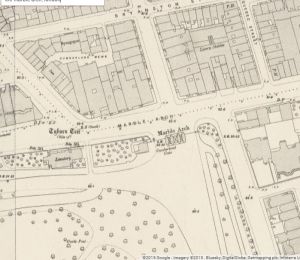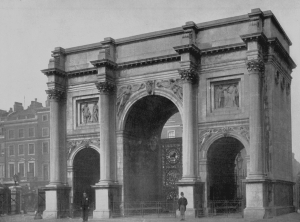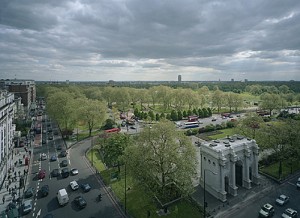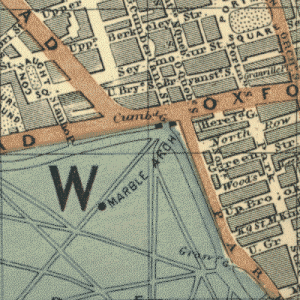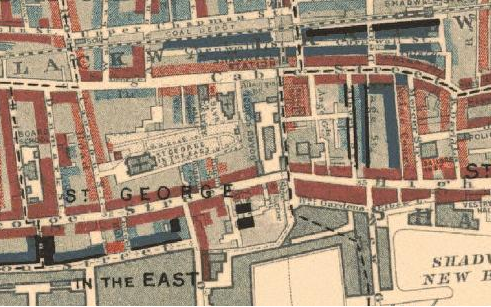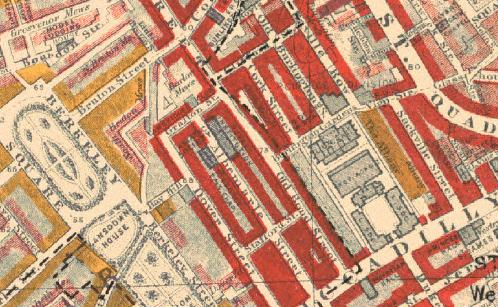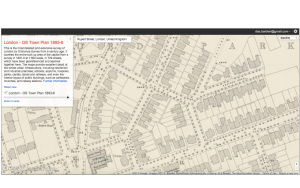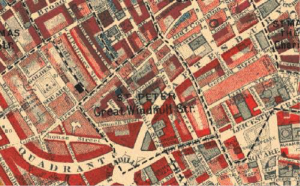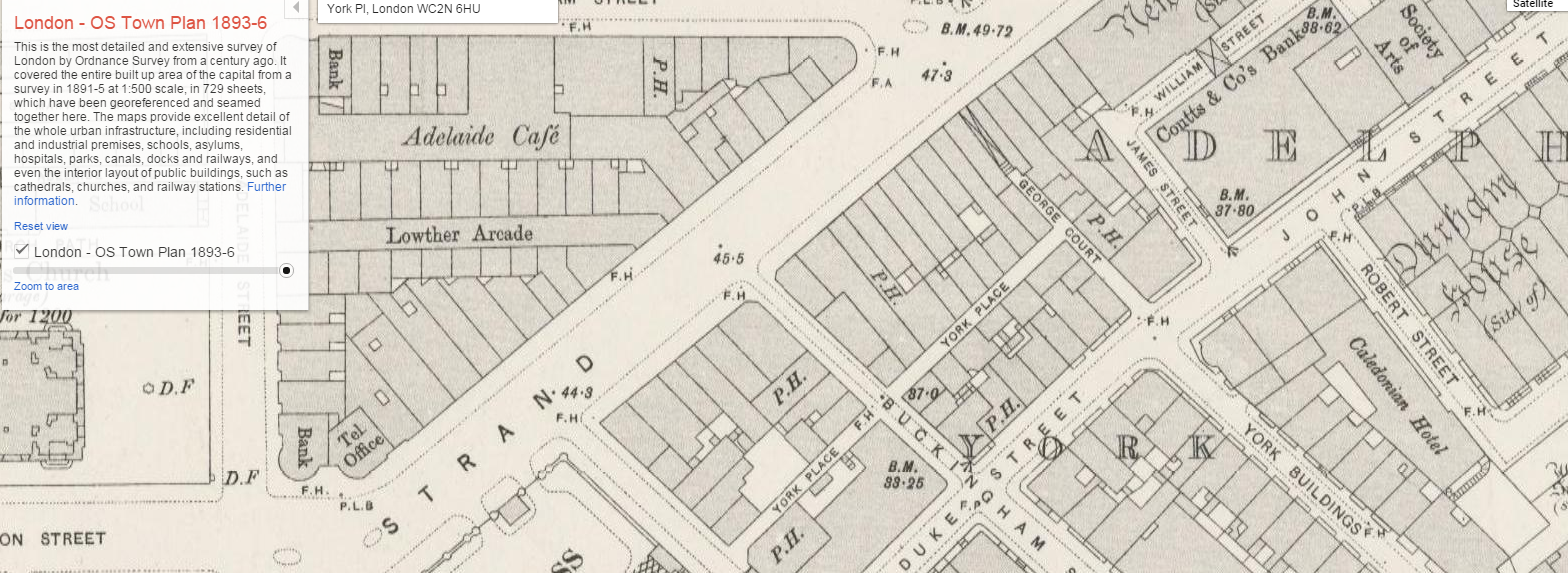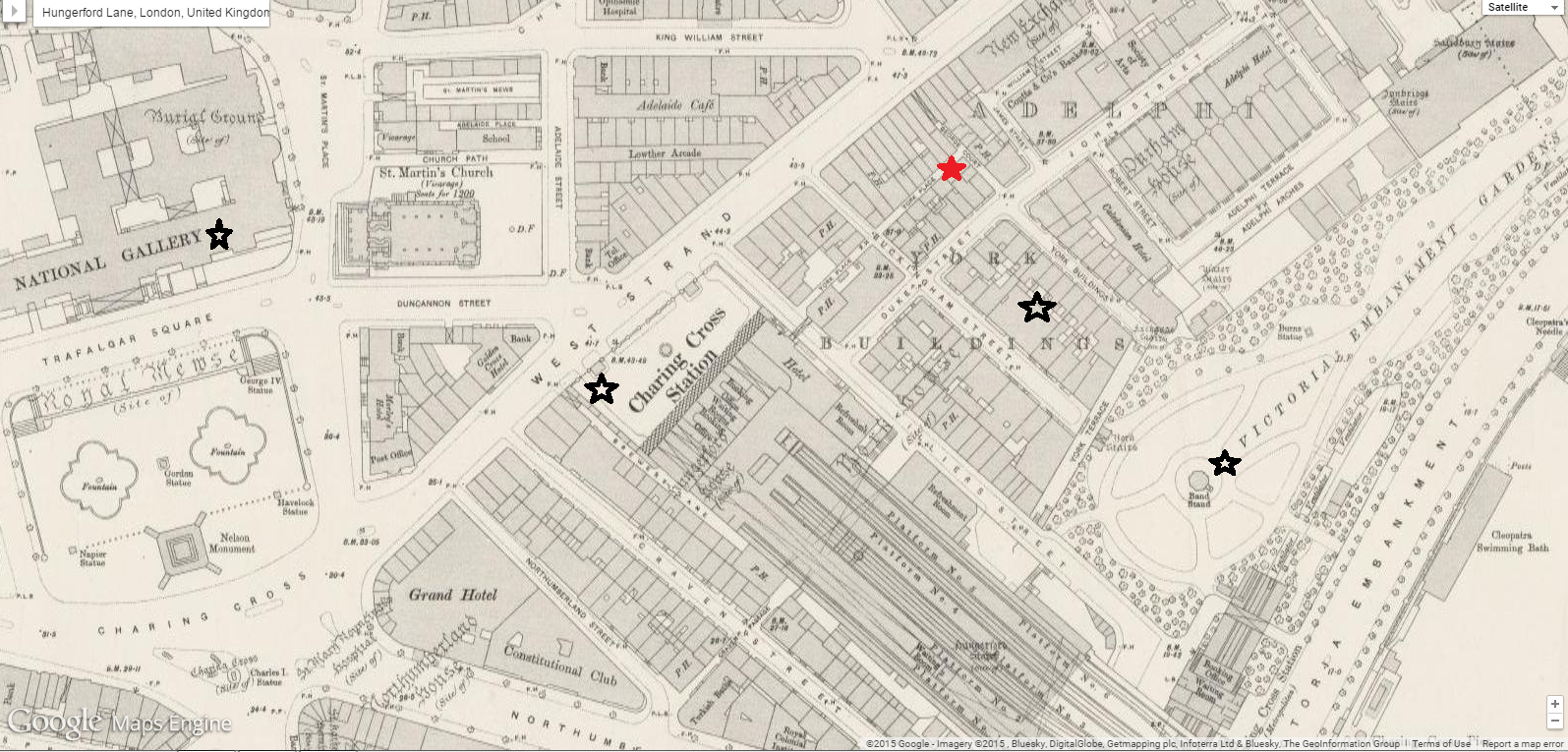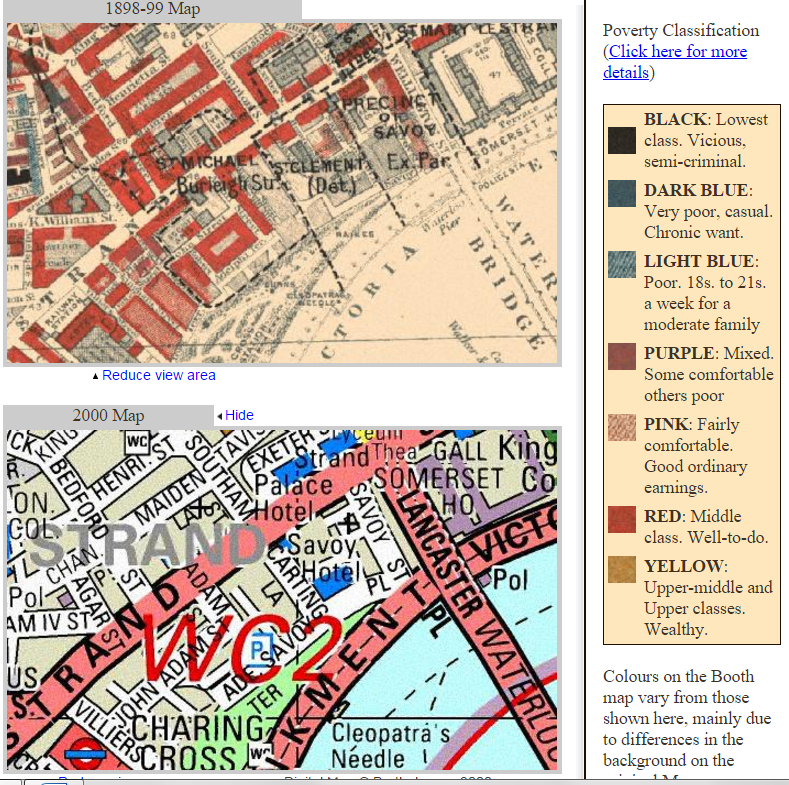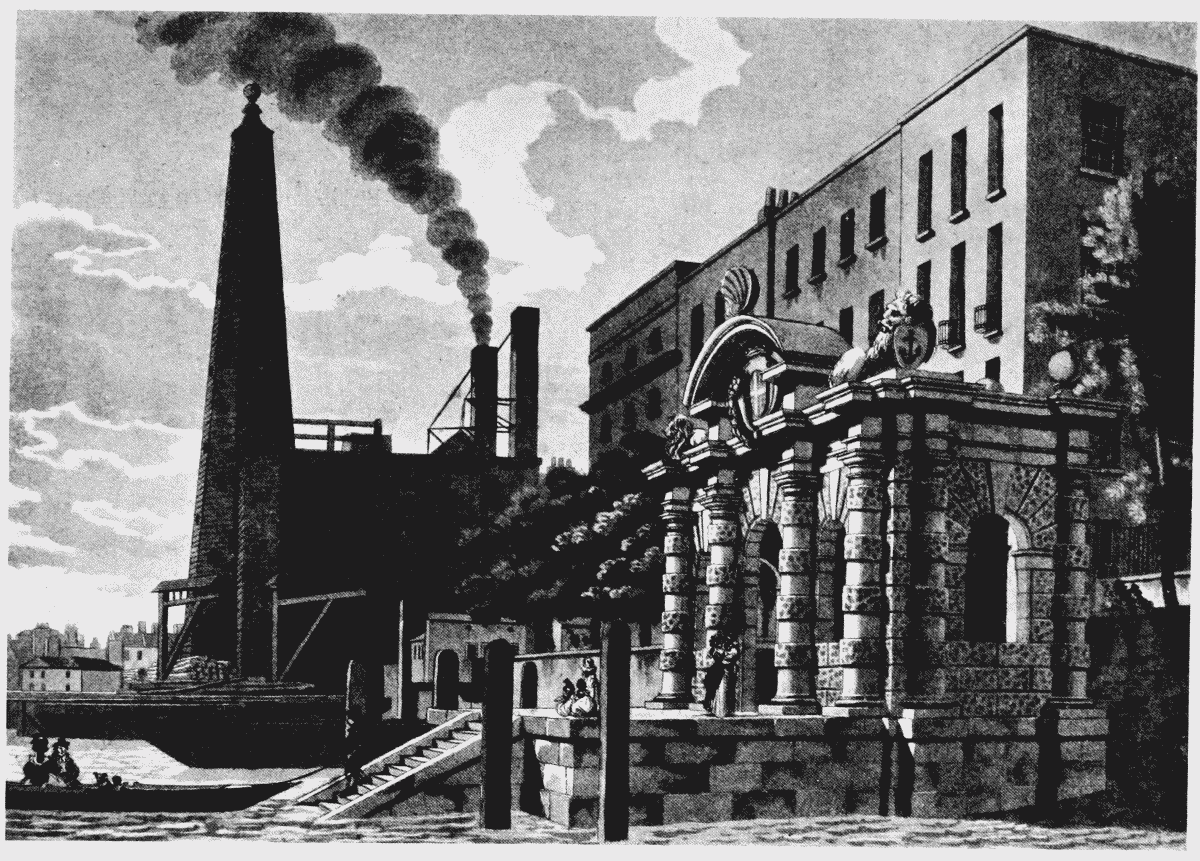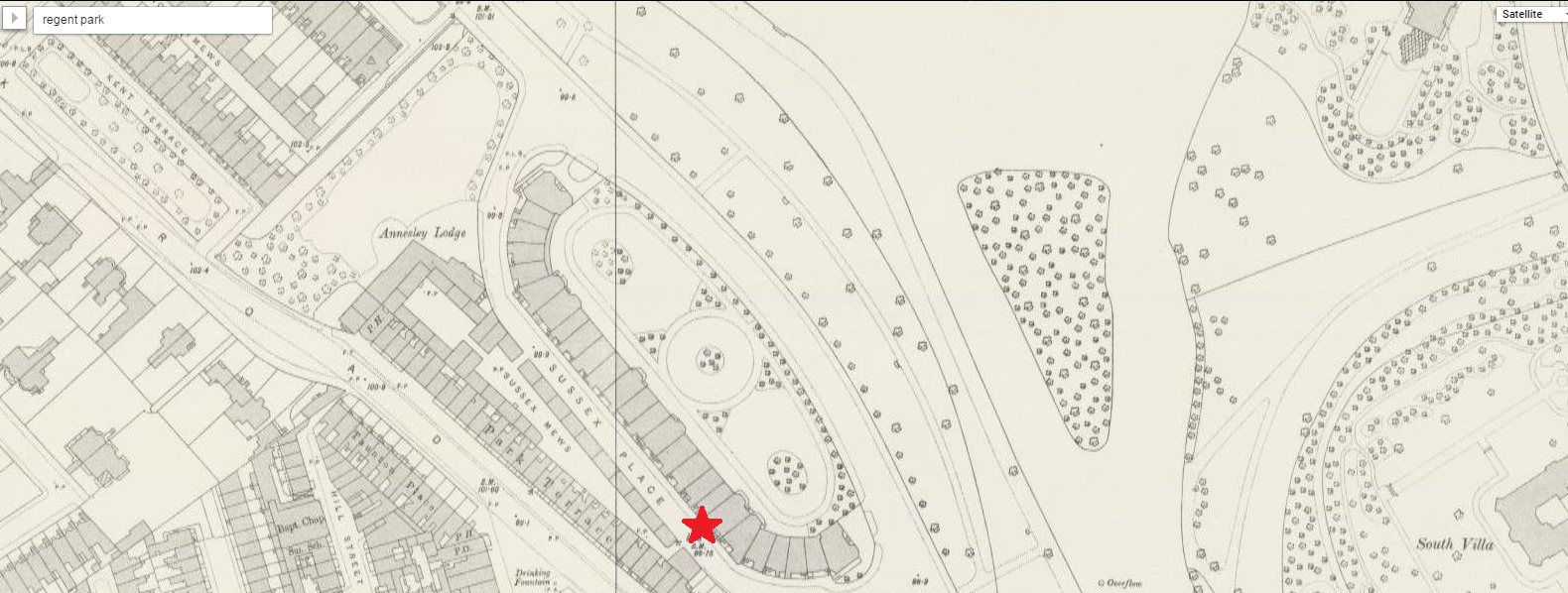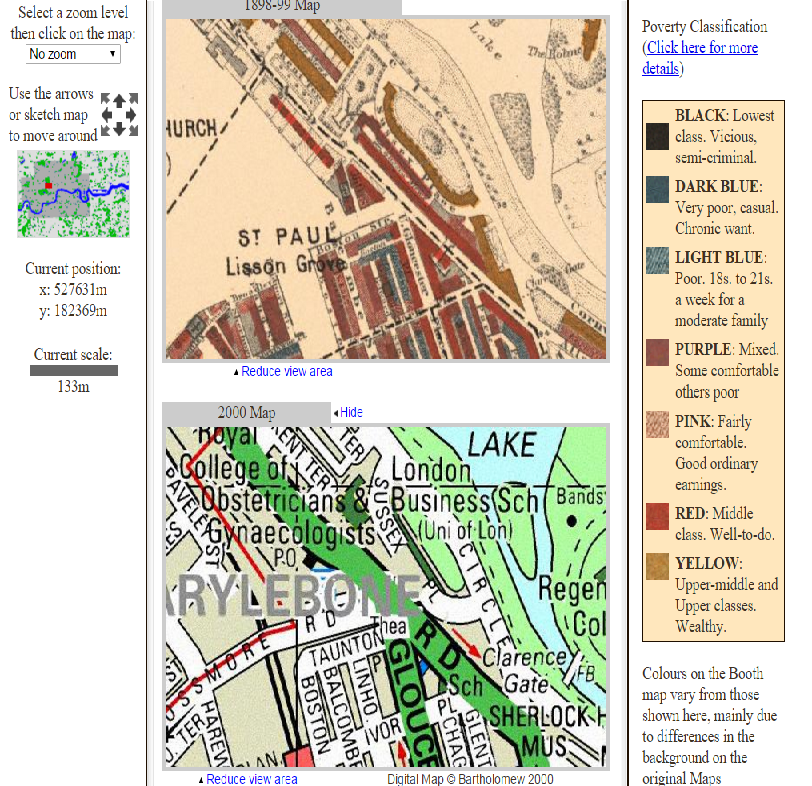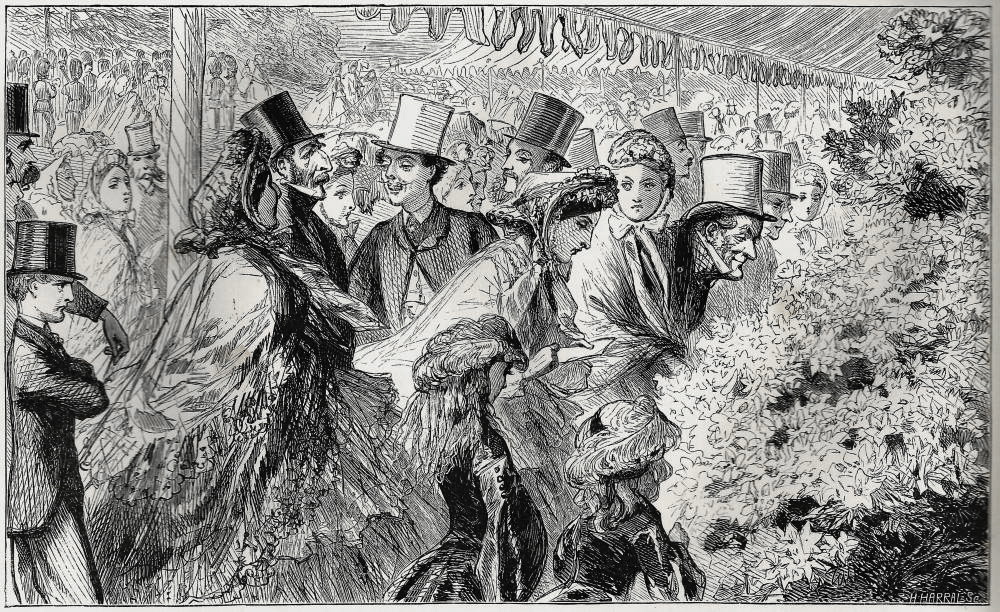Wardour Street briefly appears in Chapter 4 of The Picture of Dorian Gray. Henry Wotton quickly explains to Dorian that he was late because he was haggling for a brocade at Wardour Street, which is located in the East End of London.
Even though it is a brief mention, Henry’s presence at Wardour Street warrants some attention and analysis.
As a wealthy aristocrat, I do not believe that Henry would venture to Wardour Street merely for finances. Would the brocade that he purchased at Wardour Street actually be of better quality than the ones that he would normally have access to? Rather, I believe that he is like Neville St. Clair from Sir Arthur Conan Doyle’s Sherlock Holmes short story “The Man with the Twisted Lip.”
While Neville dressed as a poor man in order to showcase his skill and help finance his business, Henry views the poor man’s culture as fascinating, but their story as unimportant. Many times throughout the novel, he disparages anything that remotely connects to suffering or pain because, in his eyes, they are ugly.
Information from the Charles Booth Online Archive shows that Wardour Street is remarkably lower in class than where Henry lives. Most crimes committed around or near Wardour Street were thefts, but especially gruesome murders did take place. No one in that area is even above or equal to a socio-economic status indicative of the middle class. What Wardour Street lacks in finances, however, Henry believes that it makes up for in character.
Appearance, duality, and aestheticism are important themes throughout the novel. Henry indulges Dorian Gray simply because of the value that Henry places on Gray’s aesthetic appeal. Though the brocade is not described, given Henry’s character, it would be appropriate to assume that the fabric was aesthetically pleasing (but not necessarily well-made).Thus, Henry is attracted to the style of Wardour Street more so than he is the actual culture.
Works Cited:
Wardour Street Map: http://booth.lse.ac.uk/cgi-bin/do.pl?sub=view_booth_and_barth&args=529539,180982,1,large,0
Wardour Street Crime Information: https://www.oldbaileyonline.org/search.jsp?form=searchHomePage&_divs_fulltext=Wardour+Street&kwparse=and&_persNames_surname=&_persNames_given=&_persNames_alias=&_offences_offenceCategory_offenceSubcategory=&_verdicts_verdictCategory_verdictSubcategory=&_punishments_punishmentCategory_punishmentSubcategory=&_divs_div0Type_div1Type=&fromMonth=&fromYear=&toMonth=&toYear=&ref=&submit.x=0&submit.y=0&submit=Search
https://www.google.com/maps/d/u/1/edit?mid=zJYDNzixD7ec.ki5IZOnlQ9NQ&authuser=1





